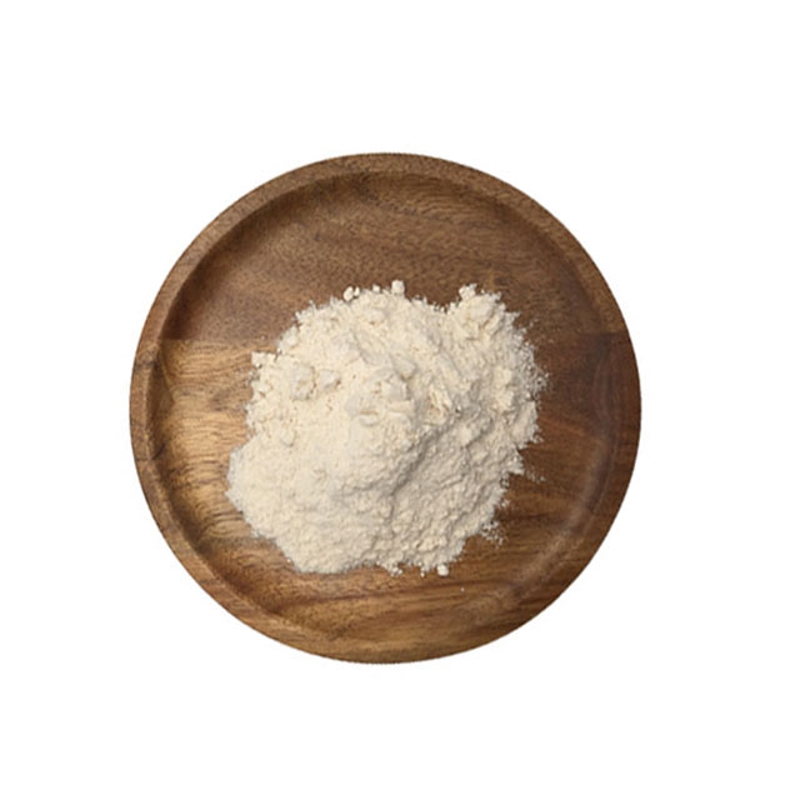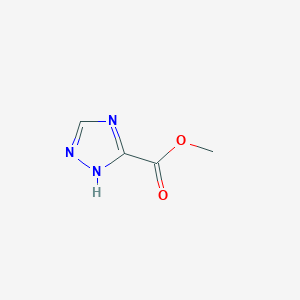Correct selection and calculation of mould temperature machine
-
Last Update: 2010-04-04
-
Source: Internet
-
Author: User
Search more information of high quality chemicals, good prices and reliable suppliers, visit
www.echemi.com
Correct selection and calculation of die temperature machine the following points are the main considerations when selecting the die temperature controller: 1 The size and capacity of the pump 2 Size of internal pipe 3 Heating capacity 4 Cooling capacity 5 Control form A the size of the pump From the known heat dissipation per cycle, we can easily calculate the required volume flow rate of the coolant, and then get the required correct cooling capacity Most manufacturers of the DC high-pressure generator of the model temperature controller provide the formula for calculating the low pump flow rate of Zui Table 4.1 is useful when selecting pumps, which accurately lists the heat dissipation capacity of different plastics The following is the rule of thumb to determine the low flow rate of Zui required by the pump: 0.75gal/min/kw @ 5 ℃ temperature difference or 3.4151/min/kw @ 5 ℃ temperature difference if the temperature difference across the cavity surface is 5 ℃ If the temperature difference at each part of the cavity surface is 1 ℃, the required Zui low flow rate needs to be multiplied by five times proportionally, that is, 3.75gal/min/kw or 17.031/min/kw In order to obtain the stability of product quality, many injection molding companies should control the temperature difference between 1-2 ℃, but in fact, many of them may not know the importance of the temperature difference or think that the Zui range of the temperature difference is 5-8 ℃ To calculate the required volume flow rate of coolant, the following procedures should be used: 1 First, calculate the heat to be discharged by a plastic / mold combination: if taking the PC cup mold as an example, the actual heat to be dissipated is: For the first mock exam, the gross weight (g) / cooling time (s) = 208/12 = 17.333g/s PC's heat dissipation rate is 368J/g or 368kJ/kg, so the heat dissipated per cycle is 368 x 17.33/1 000 = 6.377kw 2 Recalculate the volume flow rate required for cooling: according to the above rule of thumb, if the temperature difference of the cavity surface is 5 ℃, the flow rate = 6.377 × 0.75 = 4.78gal/min or = 6.377 × 3.41 = 21.751/min; if the temperature difference of the cavity is 1 ℃, the flow rate = 4.78 × 5 = 23.9gal/min or = 21.75 × 5 = 108.731/min 3 The regulation of pump flow rate in order to get a good heat dissipation effect, the flow rate capacity of the pump should be 10% less than the calculated result Zui, so 27 Gal / min or 120 / min pump should be used 4 Regulations on pump pressure: generally, the operating pressure of the mold temperature controller is 2-5bar (29-72.5psi), because the insufficient pressure will affect the volume flow rate of the coolant (pressure loss caused by the flow resistance), the higher the pump pressure is, the more stable the flow rate is For a mold with a very small cooling pipe (for example, the pipe diameter is 6 mm / 0.236 in), the pressure of the pump needs to be 10 bar (145 psi) to provide sufficient cooling speed (i.e coolant speed) In general, the higher the requirement of the volume liquid speed of the coolant, the less the diameter of the pipeline, the greater the pump output pressure required So the pressure of mold temperature controller in general application should exceed 3bar (43.5psi) B heating capacity figure 4.8 is a typical heating calculation table, which provides the heating capacity required for mold weight The calculation method of figure 4.8 is as follows: 1 The vertical axis represents the weight of the mold 2 The horizontal axis represents the heat of the mold rising to the required temperature, in kW / hr 3.37 ℃ - 121 ℃ each temperature diagonal provides the relationship between the die weight and the heating capacity of the die temperature controller at the corresponding temperature For example, we can find out from the figure: 1 The heating capacity required to raise the temperature of a 500kg mold to 50 ℃ is 3.3kw/hr 2 The specific heat capacity required for heating the 700kg mold to 65 ℃ is 6.5kw/hr In general, the stronger the heating capacity is, the less heating time is required (double heating capacity and less heating time) Figure 4.8 provides a very useful information for injection molding manufacturers, which can find out the heating requirements of any mold immediately, so as to obtain the heating capacity of the correct mold temperature controller It is often because the ability of mold temperature controller is too low that the mold can not reach the best temperature state of Zui To know the actual performance of the mold temperature controller, we can compare its actual and calculated mold temperature rise time The design of the freezing circuit and the components of the freezing capacity mould temperature controller are very important to the control of the mould temperature When the temperature of mold or heating liquid rises to the set value, the mold temperature controller must be able to quickly and effectively avoid the temperature rising The method is to introduce another liquid with lower temperature, and the imported control is in the charge of the solenoid valve Therefore, the elimination and stability of temperature override depends on the size of the solenoid valve The hole diameter of the cooling solenoid valve can be calculated by the following formula: refrigerating capacity (Gal / min) = kW × 3.16 / △ t here △ t = the difference between the production temperature set by the mold temperature controller and the temperature of the chilled water: kW = the heat to be discharged by the mold The following table lists the volume flow rate that can be provided by different solenoid valve apertures: solenoid valve aperture volume flow rate in mm Gal / min 1 / min 0.25 6.35 0.7 3.18 0.375 9.53 1.2 5.45 0.500 12.70 3.3 14.98 0.750 19.65 5.4 24.52 1.000 25.40 10.0 45 1.250 31.75 13.0 59.02 1.500 38.10 20.0 90.80 after calculating the freezing capacity, the corresponding solenoid valve can be found out from the above table, such as the following example: the heat to be discharged by PC cup mold is 6.377kw; the set temperature for production is 90 ℃ and the temperature of chilled water is 18 ℃ △ t = 90-18 = 72 ℃, so the freezing capacity = 6.377 × 316 / 72 = 0.28gal/min or 1.271/min From the above table, it can be known that the solenoid valve with a hole diameter of 6.35mm/0.250in can provide sufficient volume flow rate, which is suitable for the control range of mold temperature is ± 1 ℃ The pressure drop of the solenoid valve affects the flow rate The flow rate values in the above table are based on a pressure drop of 1 bar (14.5 psi) So the higher the pressure drop, the faster the flow rate of chilled water A typical pressure drop for a solenoid is 2 bar (29 psi) C The main purpose of any mold temperature controller of the liquid mold temperature heating control system is to control the mold temperature within the range of (± 2 ° f) Therefore, it is necessary to control the temperature rise of the liquid running between the mould pipes, otherwise the purpose of mould temperature control cannot be achieved The control method of some mode temperature controllers is only in the form of on / off, and its working principle is to compare the actual and set temperature If the actual temperature is much lower than the set temperature, the electric heating will be fully opened When the actual temperature reaches the set value, the electric heating will be closed Due to the on / off control mode, there is a large actual positive and negative temperature deviation This temperature change not only directly affects the temperature of the liquid, but also indirectly leads to a large excessive rise and fall of the mold It is needless to say that the Zui must be reflected in the quality of the finished product So we should use PID (proportional, integral, differential) form of heating control system, which can ensure that the temperature control of the mold is maintained in the range of ± 1 ℃ (± 2 ° f) Choosing the right temperature controller can bring 20% loss of profit at any time So we must consider the need of production in detail, examine and approve the power of the temperature controller strictly, then we can make a decision Unfortunately, people often neglect the extremely important link of injection molding technology, and often wake up when the productivity and quality problems
This article is an English version of an article which is originally in the Chinese language on echemi.com and is provided for information purposes only.
This website makes no representation or warranty of any kind, either expressed or implied, as to the accuracy, completeness ownership or reliability of
the article or any translations thereof. If you have any concerns or complaints relating to the article, please send an email, providing a detailed
description of the concern or complaint, to
service@echemi.com. A staff member will contact you within 5 working days. Once verified, infringing content
will be removed immediately.







